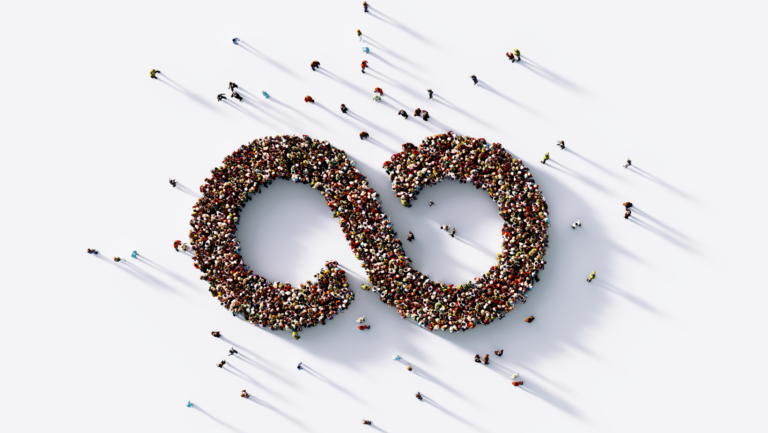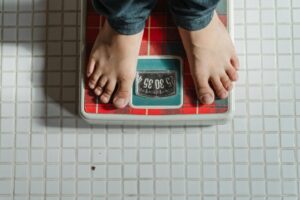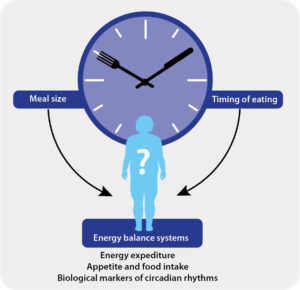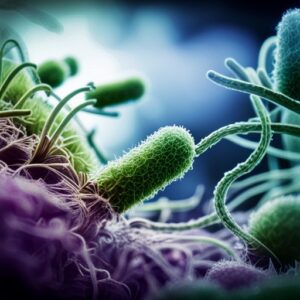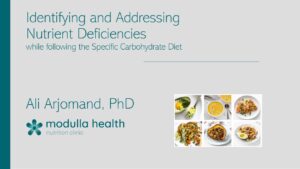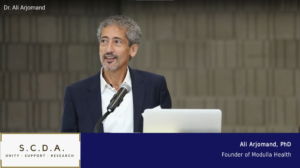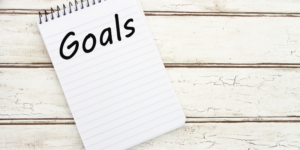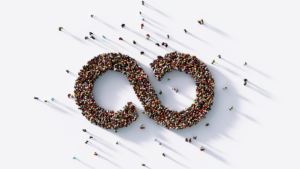We do not know what causes IBD. Or do we?
Is it something we pick up? Or is it genetics? We all know how important genetics is, right? I was one of those people who was sure genetics would be the key to explaining all major diseases. I even majored in genetics in college. That was in the 1980s. Fast forward to 2003. The human genome was fully sequenced. Fast forward to today. So much research in IBD. We would finally learn the underlying cause of IBD.
What did we discover? Well, it was a bit of a let down. Genetics explained only a tiny portion of the IBD cases (~10%). It turned out that our genes have very little to do with IBD. There is no genetics test for IBD risk. No genetic test can tell you who gets IBD and who doesn’t.
IBD prevalence has gone up
Something else was going on at the time. The prevalence of IBD increased dramatically over the past half century. Our genes do not change very much in that time span. How can the prevalence of IBD increase in that time span when our genes have not changed?
There is only one conclusion. Genetics is not the problem in IBD. It is also not the place to find the solution.
The environment and IBD
I was wrong to put my bet on genetics when I studied it in the 1980s. That is why I went to graduate school and studied nutrition. Yep, basically the opposite of genetics. Everything that is not baked-in your genes comes from the environment. Guess what is our largest exposure to our environment? It is food.
From the time we are born (actually, starting during gestation), we are exposed to this ‘environment’. We literally swallow several kilograms of it each day. It goes through us and out the other end.
Has that food environment changed in the past 200 years? Of course, it has. It has changed drastically. Almost every part of our food environment has changed.
So have the other layers of our environmental exposure. Everything from the air we breathe, to the medications we take, to the stress we present in our lives, to the sleep patterns we fall into, to the physical activities we engage in (or not). None of these resemble what our ancestors confronted 200 years ago, or 100 years ago, or even 50 years ago.
So it comes down to this. IBD prevalence has increased in the past 50 years. We can confidently rule out genetics as the cause. So it must be exposure to our environment. And food is our largest exposure to the changes in our environment.
Adding insult to injury
Food, stress, sleep, medications, pollution. These exposures stack on top of each other. They compound each other’s effect. Hit after hit after hit. We are a resilient species. We have strong, sophisticated defense system. These insults and damage can be repaired.
But repair has limits. We lose ground when the armor is pierced over and over again.
We feel it where we are most vulnerable. We pay for it where the damage is most concentrated. Where the injury is most persistent. Where the insult is most impactful.
It is the hundreds of kilograms of food that we consume as children. Remove the contribution from water, and we will consume approximately the weight of a small car by the time we are 15 years.
Imagine passing 2,000 kilograms of food through a narrow tube that is our intestines. All that exposure. All that contact. All that environment. All going through a narrow opening. Through a fragile, delicate, and complex part of our anatomy. That is a big hit.
We manage most of the damage. We recover, heal, repair. We reboot every night and prepare for the next day.
What if the incoming insult is greater than our ability to heal, repair, and reboot. That is the cycle of IBD. It is the spiraling loss of our natural healing to keep up with the demand. We lose ground. The damage this is never fully healed. Nor is the relentless effort our bodies pursue to undo all this.
That is IBD in a nutshell.
Modifiable risks
The insult comes from multiple sources. Food is the primary one. It is multifaceted. There is no one poison. It is the pattern. It is the combination. It is the lifestyle. It is the Western or Industrialized model of food and agriculture.
It is also the lost art of home cooking. Home preparation. Traded for convenience, taste and pleasure. Manufactured foods. Processed foods. Ultra-processed foods. Stripped of their nutrients. Stripped of fiber. Stripped of taste. Re-engineered with added salt, sugar, fat to add back taste. To recreate what was already there as nature intended. But this time it is not to nourish us. No, this time to sell products, increase profits and scale-up global distribution.
We all fall into this. Fast food is not the only culprit. There are over 100,000 packaged foods in the grocery stores. Shiny, packaged foods with big marketing campaigns. Each year, 30,000 new products are introduced into grocery stores. The Food and Drug Administration (FDA) maintains a list of over 3,000 ingredients in its data base called appropriately “Everything Added to Food in the United States”, many of which we use at home every day.
Who’s in charge?
Trouble shows up when your interests are not aligned with the interest of the food industry. You leave it them to make decisions for you, what to make, what to add, what to engineer, what to sell, all at great convenience to you. They are not interested in your well-being. I am sorry to say that.
Only you can advocate for your health. Only you can decide what to consume and what to pass up. It really comes down to this. You really are in charge. If you want to be.
Diet, food, nutrition
We have come full circle. What is IBD? It is an environmentally-triggered, repetitive degradation of our most-exposed tissue.
Diet, food and the ingredients within them are the main influencers. They either help or harm. There is no middle-ground.
Add to that, all your key lifestyle elements, air, sleep, stress, physical activity, social structure.
The state of IBD
IBD is as much a lifestyle disease as anything else. The good news is that it is not set in stone. It is reversible. It is not even a disease. It is a state. A condition. A snapshot in time. There was a time it was not there. And there can be a time again when it is not there again. It is transitory. Unless it is reinforced, locked into a state of perpetual disrepair and spiraling damage.
So, what is the key. Is it medications? The meds come in late to the scene. They are late comers to the game. They miss all the action that happened upfront. They are called with the fire is raging. The meds can shut down the fire alarm, but not the fire. The alarm sound is silenced. The alarm signal gets unplugged for a while. But the fire goes on. Even a smolder can burn down a forest.
How about we put out the fire instead? Leave the fire alarm alone. We need that alarm for a real fire. We can control the actual fire. We can put that out ourselves.
So, I will ask again. What is the key? It is you. You are the key.
And I am here to help you unlock your path to real health, to real recovery, and sustained joy in everything that you strive for in life.
Read more…
Prevalence and Financial Burden of Digestive Diseases in a Commercially Insured Population
Explore more…
Understanding How the FDA Regulates Food Additives and GRAS Ingredients | FDA


